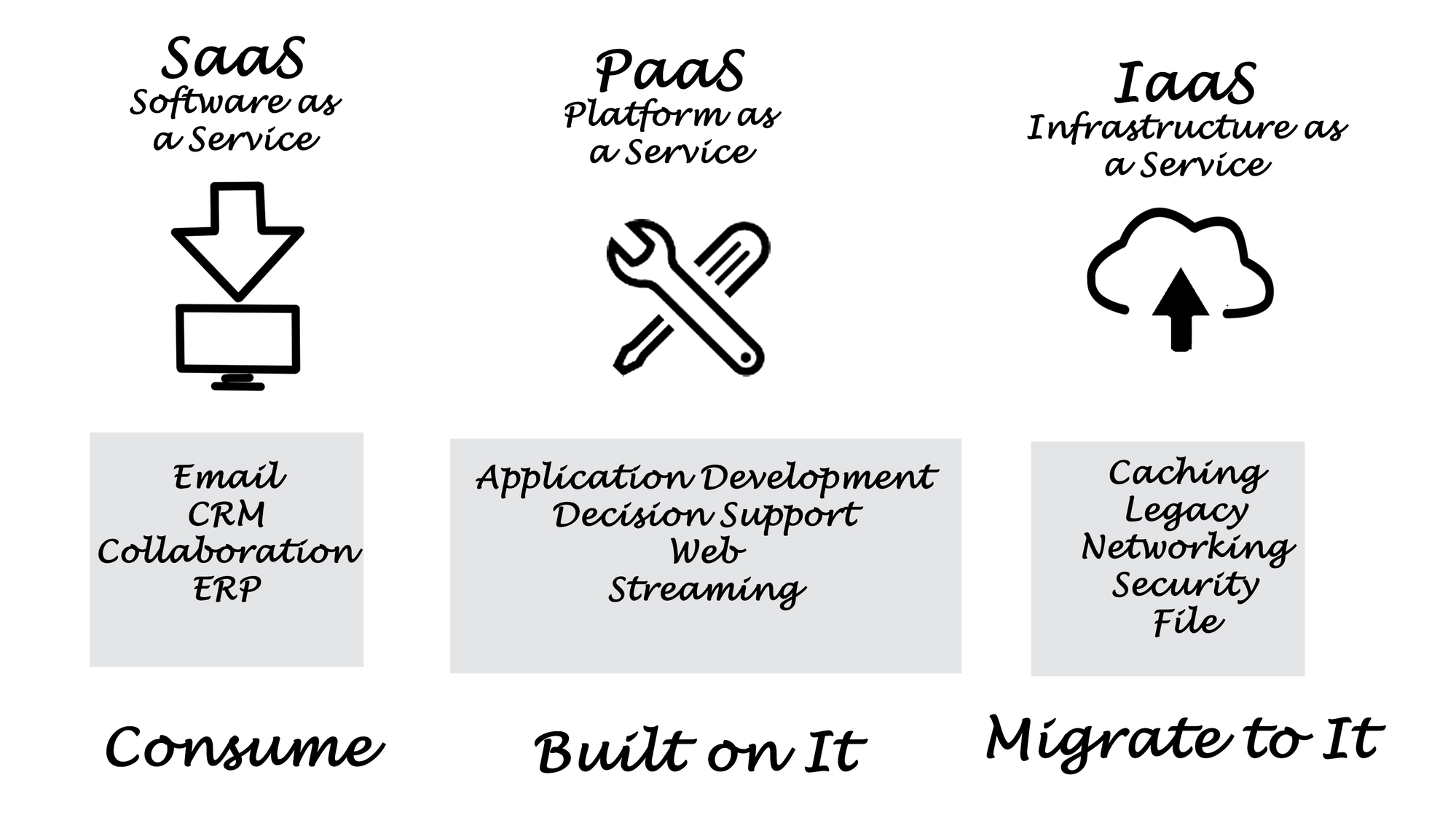Welcome to Mabstac, LLC | Anything Accounting
- Call us: (703) 828-2336
- Mail US : info@mabstac.com
- ADD US : Mabstac, LLC
- Call us: (703) 828-2336
- Mail US : info@mabstac.com
- ADD US : Mabstac, LLC

GASB 94 is approaching: Are P3s on your organization’s radar?
As you read GASB 94, you might notice the similarities between this standard and GASB 87, Leases. This is no coincidence. GASB 94 applies similar recognition, measurement, and remeasurements requirements that are akin to the requirements for lease transactions in Statement 87, as amended.
As you read GASB 94, you might notice the similarities between this standard and GASB 87, Leases. This is no coincidence.
PPPs and APAs, defined
A PPP is an arrangement in which a government (the transferor) contracts with an operator (a governmental or nongovernmental entity) to provide public services by conveying control of the right to operate or use a nonfinancial asset, such as infrastructure or other capital asset (the underlying PPP asset), for a period of time in an exchange or exchange-like transaction.
Some PPPs are considered service concession arrangements, in which the operator collects and is compensated by fees from third parties; the transferor determines or has the ability to modify or approve which services the operator is required to provide, to whom the operator is required to provide the services, and the prices or rates that can be charged for the services; and the transferor is entitled to significant residual interest in the service utility of the underlying PPP asset at the end of the arrangement.
The statement also provides guidance surrounding APAs, which are defined as arrangements whereby a government compensates an operator for services that may include designing, constructing, financing, maintaining, or operating an underlying nonfinancial asset for a period of time in an exchange or exchange-like transaction. Under these arrangements, the payments made by the government are based entirely on the asset’s availability for use.
Key details of GASB 94
- Effective date: Fiscal years beginning after June 15, 2022, and all reporting periods thereafter.
- Early application: Allowed and encouraged.
- Application method: Retroactive restatement of financial statements for all prior fiscal years presented. PPPs should be recognized and measured using the facts and circumstances that existed at the beginning of the fiscal year of implementation or the beginning of the earliest fiscal year restated.
GASB 94 accounting considerations
The accounting under GASB 94 is strikingly similar to GASB 87, which makes applying GASB 94 pretty easy once you’ve mastered the theoretical concepts under GASB 87. Here are the basic accounting concepts for a governmental transferor:
- Under a PPP arrangement, the transferor should recognize an underlying PPP asset on its financial statements if the asset is owned by the transferor. If the underlying PPP asset is not owned by the transferor or is not the underlying asset of an SCA, the transferor would recognize a receivable based on the operator’s estimated carrying value as of the expected date of the transfer in ownership.
- The transferor would also recognize a receivable for any installment payments to be received from the operator in relation to the PPP.
- Finally, the transferor should also recognize a deferred inflow of resources for consideration received or to be received by the transferor as part of the PPP. Revenue should be recognized by a transferor in a systematic and rational manner over the PPP term.
The standard also provides accounting guidance for a governmental operator. Additional guidance is also given in the statement with regards to PPP modifications and terminations.
Practical considerations
It’s important to note that Statement 94 has different “pathways” depending upon the arrangement, some of which actually scope them out of this standard. Before diving into the accounting of a PPP, entities need to ensure an understanding of the type of arrangement and, therefore, the standard that‘s applicable. For example, PPPs that meet the definition of a lease should apply the guidance in Statement No. 87, Leases, rather than Statement 94 in cases in which:
- Existing assets of the transferor are the only underlying PPP assets.
- Improvements are not required to be made by the operator to those existing assets as part of the PPP arrangement.
- And the PPP doesn’t meet the definition of an SCA.
In evaluating GASB 94, after fully understanding the applicability of this standard, governments should brainstorm with department heads and others within the organization as to what types of arrangements might be subject to this guidance.
Perhaps one of the more difficult aspects of this standard is coming up with the population of arrangements under which this standard might apply. We’re increasingly seeing more PPPs, especially as governments become more creative in filling funding gaps while addressing critical infrastructure needs. The GASB has provided some examples within Statement 94, and we’ve added a few more you might want to consider:
- Toll roads
- Bridges
- Tunnels
- Jails
- Parking structures
- Airport terminals
- Public transit
- Certain student services at higher education institutions, including housing
Perhaps one of the more difficult aspects of this standard is coming up with the population of arrangements under which this standard might apply.
Get started
As with any new accounting standard, the earlier you start thinking about the potential applicability of this statement to your transactions, the better. And, of course, like most GASB standards, GASB 94 requires specific note disclosure requirements for both PPPs and APAs that, if applicable, you’ll want to identify in advance.
Have any questions as you’re considering this standard? Please give us a call.




